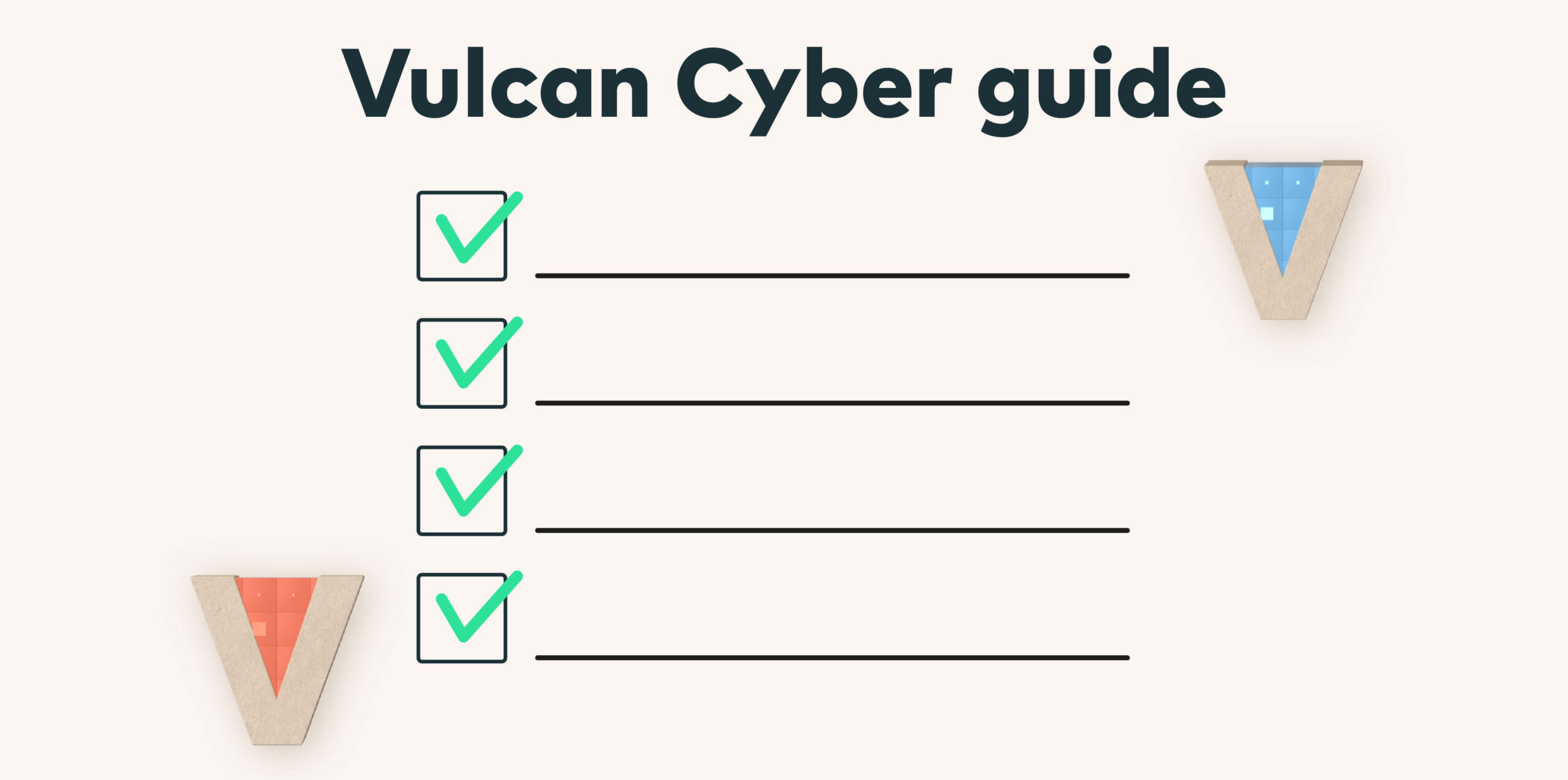-
Platform
OVERVIEW
Capabilities
-
Solutions
USE CASES
-
Cyber Risk Hub
LIBRARY
-
Company
GET TO KNOW US
-
Pricing
Dive into the essentials of SAST, DAST, IAST, and RASP: their advantages, drawbacks, and application in cyber security.

Security testing tools are essential for helping to secure your applications at every stage of the software development lifecycle (SDLC). But each comes with its own advantages and disadvantages. In this post, we’ll cover the most popular software security tools—SAST, DAST, IAST, and RASP—and how their testing mechanisms reduce security risks.
SAST identifies early code vulnerabilities, DAST detects runtime issues, IAST combines both for comprehensive analysis, and RASP offers post-release protection. While each has pros and cons, from early detection to potential performance impact, a mix ensures thorough security. Choices depend on budget and needs, with automation crucial for minimizing vulnerabilities.
Static application security testing (SAST), also known as white-box testing, allows testers to test an application’s working or internal structure. This testing methodology analyzes source code to detect security vulnerabilities and ensure compliance to coding standards, without executing the underlying code. SAST operates at the early stage of the SDLC, before application deployment.
Popular SAST tools include Checkmarx CxSAST, Fortify SAST, GitHub Code Scanning, ShiftLeft, SonarQube, Veracode SAST and WhiteHat
Dynamic application security testing (DAST) is a black-box testing methodology that tests an application during its execution, indicating security vulnerabilities at runtime. DAST tools are used during the application’s testing and QA phase.
Popular DAST tools include Acunetix 360, BITSIGHT, BurpSuite, CyCognito, Detectify, Fortify DAST, Lacework, Netsparker, Qualys, Rapid7 IntsightAppSec, Security ScoreCard, and WhiteHat.
Interactive application security testing (IAST) combines the central ideas and approaches of both SAST and DAST. IAST places an agent inside the application, analyzing it in real time, throughout various development and deployment stages.
Since IAST works internally, the tool has access to virtually everything in the application, including source code, libraries, frameworks, data flow, and configuration files. This yields more accurate reporting and allows security teams to check for a much broader range of threats than would be possible with SAST or DAST tools.
Popular IAST tools include Veracode, Acunetix and Checkmarx.
Similar to IAST, runtime application security protection (RASP) runs from inside the application. Primarily used after product release, it could be considered more of a security tool than testing tool. RASP sits within the application server and has access to its runtime environment as well as inward and outward traffic. It can also control application execution. RASP continuously analyzes application traffic and end-user behavior, securing the application when it detects an attack by blocking the user’s access and alerting security teams.
SAST, DAST, IAST and RASP complement each other. These security tools reduce potential vulnerabilities and security threats in production while also injecting security into the SDLC at the pace modern software development demands.
Using a combination of all four of these security testing tools is ideal and is one of the easiest and most convenient approaches to mitigate security risks and secure your applications. But not every organization will have the budget to use all four.
It is important to find a balance in terms of budget and the level of security your organization needs, though it is generally recommended to use at least two of these tools for better security coverage and to lower the risk of vulnerabilities in your application. Ultimately, which tools you choose will depend on your software type, the level of maturity you need in your SDLC, and the organization’s budget and resources.
By automating security testing, you’ll be able to identify vulnerabilities and security threats in your code automatically and plan actions to remediate them. Nonetheless, many organizations lack comprehensive and rigorous testing automation, putting their applications at increased risk of being exploited by attackers.
There is clearly an increasing need for automation of security processes in an agile environment. And while software security isn’t cheap, the growing number of attacks means this has become a critical component. Moreover, introducing it into the SDLC as early as possible will surely improve your software security. While you may not need or be able to use all of the tools discussed here, choosing those with the greatest efficiency, speed, accuracy, and cost-effectiveness will go a long way in protecting your assets.
Simplify your cyber risk management and own your risk. Correlate, prioritize, and manage vulnerabilities at scale and across your attack surfaces with Vulcan Cyber®. Start your trial now.